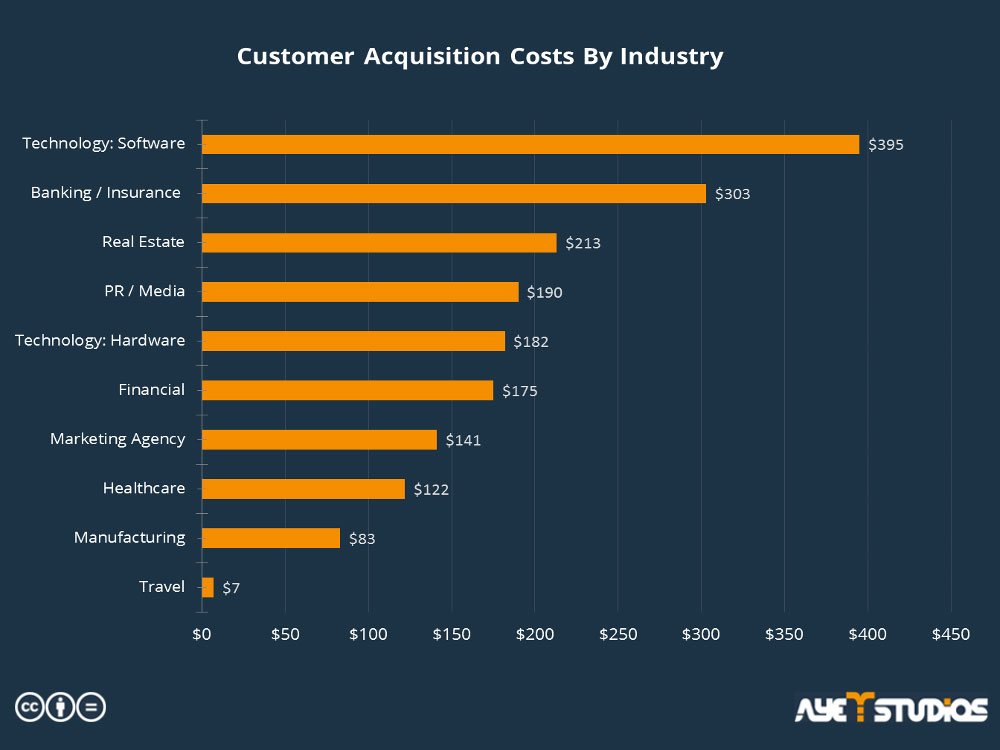Ordering costs are the expenses incurred to create and process an order to a supplier. These costs are included in the determination of the economic order quantity for an inventory item. Examples of ordering costs are as follows: Cost to prepare a purchase requisition. Cost to prepare a purchase order.
Similarly, What is purchase cost?
Purchase Cost means the total cost for the item(s) or service purchased including taxes, shipping costs and other fees, and contingencies.
What is shortage cost? When demand exceeds the available inventory for an item, the demand and customer goodwill may be lost. The associate cost is called shortage cost. Some writers estimate shortage costs as equal to the product’s contribution margin.
Thereof, What are the 3 types of ordering costs?
Ordering, holding, and shortage costs make up the three main categories of inventory-related costs.
Is an example of ordering cost?
Examples of order costs include the costs of preparing a requisition, a purchase order, and a receiving ticket, stocking the items when they arrive, processing the supplier’s invoice, and remitting the payment to the supplier.
What is cost build up?
Cost buildup means you will need to prove your cost of doing business as it pertains to justifying your proposed billing rates from the bottom up.
What is cost price formula?
Cost price = Selling price − profit ( when selling price and profit is given ) Cost price = Selling price + loss ( when selling price and loss is given )
How do you calculate stock price?
Sum the amount invested and shares bought columns. Divide the total amount invested by the total shares bought. You can also figure out the average purchase price for each investment by dividing the amount invested by the shares bought at each purchase. Voila!
What are the 4 inventory costs?
Ordering, holding, carrying, shortage and spoilage costs make up some of the main categories of inventory-related costs.
Why do companies sometimes stock up on extra inventory?
In case of emergencies, certain companies like to have extra inventory managers store on-premise to fill orders. Companies may keep surplus inventory in their warehouse to safeguard against fluctuating markets, warehouse mistakes and supplier problems.
What is obsolescence cost?
Obsolescence costs are incurred when an item in inventory becomes obsolete before it is sold or used. Inventory may become obsolete due to product design changes, changes in customer demand, or by remaining unsold after an acceptable shelf life.
What does inventory cost include?
Key Takeaways
Inventory carrying cost is the total of all expenses related to storing unsold goods. The total includes intangibles like depreciation and lost opportunity cost as well as warehousing costs. A business’ inventory carrying costs will generally total about 20% to 30% of its total inventory costs.
How do you calculate order cost?
Ordering cost is the cost of placing an order to the supplier for inventory. The number of orders is calculated by the annual quantity demanded divided by volume per order .
…
#2 – Ordering Cost
- D = Annual quantity demanded.
- Q = Volume per order.
- Annual Ordering Cost.
Is tax an ordering cost?
The capital cost encompasses the total investment your company makes in the inventory, and its inventory service costs include expenses such as insurance, taxes and any maintenance or security fees related to monitoring inventory goods.
How do you reduce ordering costs?
6 ways to reduce inventory holding costs
- Get the right reorder point. …
- Make minimum order quantities work for you. …
- Avoid overstocking. …
- Get rid of your deadstock. …
- Decrease supplier lead time. …
- Use inventory management software.
What is a cost breakdown structure?
A Cost Breakdown Structure (CBS) is a breakdown or hierarchical representation of the various costs in a project. The Cost Breakdown Structure represents the costs of the components in the Work Breakdown Structure (WBS).
What does cost to make mean?
The cost to build is an alternative method used to estimate the value of an asset, whereby the costs incurred to construct the asset and make it fully operational are determined. Under this approach, estimates of total labor hours and material costs incurred to develop are used to assess the value.
What is SP and CP?
Answer– CP and SP are abbreviations for Cost Price and Selling Price. Cost price is the amount we pay to buy an item at which it is available. Similarly, Selling Price is the rate at which an article is sold which we abbreviate as SP.
What is the difference between cost and selling price?
The cost of a product or service is the monetary outlay incurred to create a product or service. Whereas the price, determined by supply and demand in a free market, is what an individual is willing to pay and a seller is willing to sell for a product or service.
How much is cost price?
cost price is the original price of an item. The cost is the total outlay required to produce a product or carry out a service. Cost price is used in establishing profitability in the following ways: Selling price (excluding tax) less cost results in the profit in money terms.
Join TheMoney.co community and don’t forget to share this post !




